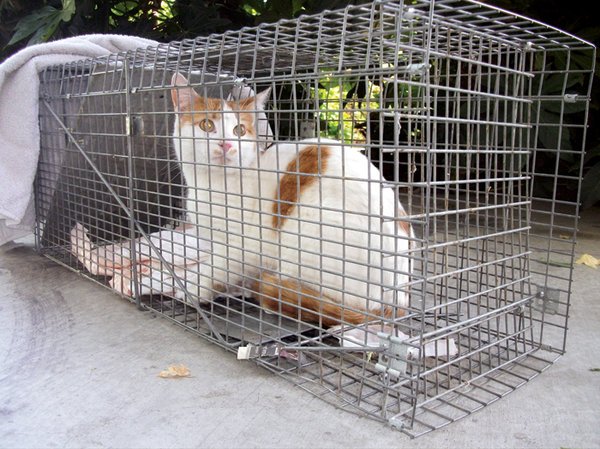
Ten years following the publication of Robertson's review, when this Research Topic was first conceived, we called on contributors representing a broad range of disciplines from across the globe to submit their latest research investigating various aspects of TNVR. Promoting such a policy appears to ignore the potential for effective TNVR activities and fails to account for public sentiment in favor of a more compassionate approach.

However, there is some evidence that in countries where free-roaming cats are thought to pose a substantial threat to native species, lethal culling, and perhaps even the complete extermination, of free-roaming cats is being seriously contemplated as a matter of national policy ( 2, 3). In the intervening period, advocacy of TNVR has remained strong particularly, but not exclusively, among local, national, and international animal welfare non-governmental organizations (NGOs), and in developed countries. Although in some local circumstances the available data “support the success of TNR in reducing cat populations,” argued Robertson, “to have a large impact it will have to be adopted on a far greater scale than it is currently practiced” ( 1).

In “A review of feral cat control,” published in the Journal of Feline Medicine and Surgery in 2008, Sheilah Robertson recognized that there was a clear, evolutionary trend in global thinking and advocacy about free-roaming cat management, moving away from lethal methods toward trap-neuter-vaccinate-return (TNVR).


 0 kommentar(er)
0 kommentar(er)
